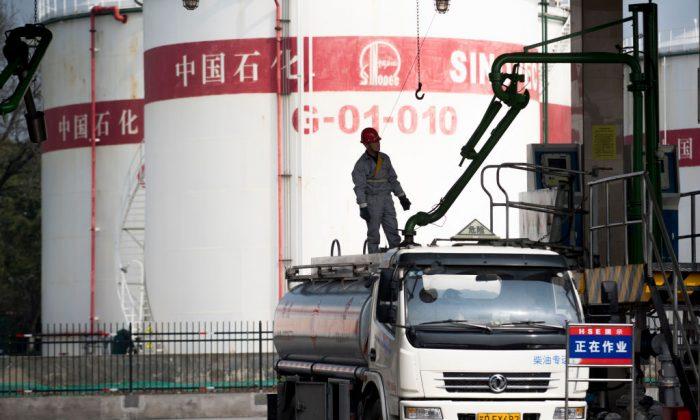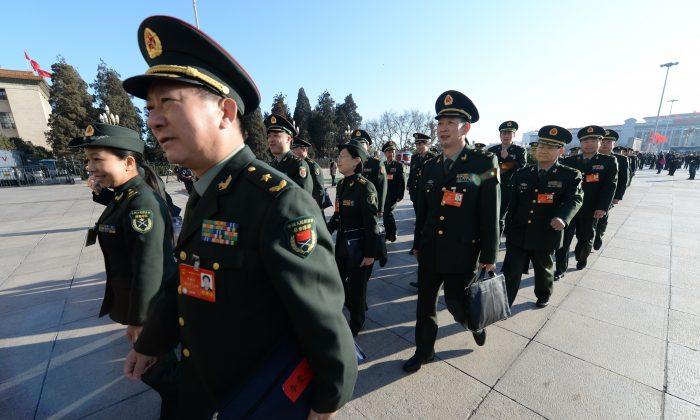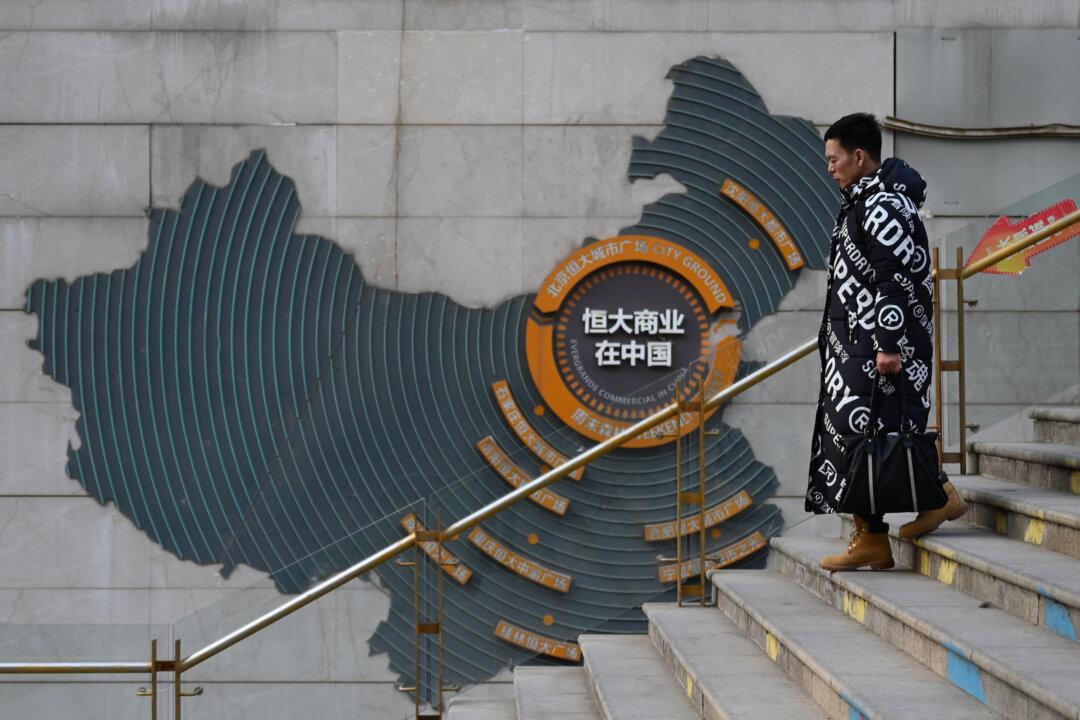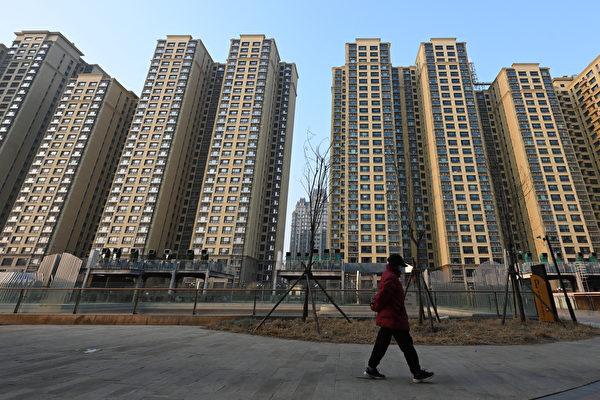Chinese state-owned enterprises (SOE) and conglomerates are expanding and establishing new regional headquarters across China. It appears that the Chinese Communist Party (CCP) wants to strengthen its SOEs and monopolize various sectors of the economy. These efforts are devastating China’s small businesses and making it harder for foreign firms to compete.
In recent years, the CCP has used arbitrary rules and regulations to remove foreign competition from China, thus creating a hostile environment for foreign companies wanting to enter the Chinese market. International retailers such as Carrefour, Walmart, and Home Depot are leaving or have already left China.
Since the CCP’s 20th Congress in October, more restrictive economic policies are being put in place.
Chinese news website NetEase reported on Oct. 20, that seven state-owned military-industrial companies were opening facilities in Harbin, Heilongjiang Province, making Harbin a new hub for development and manufacturing of Chinese military equipment.
Then, on Oct. 22, NetEase reported that the regime was establishing new regional headquarters for its SOEs in Guangxi Province in southern China, which is not among the most developed provinces. Those state-owned companies include shipbuilding, railway, construction, education, and technology.
Creating Monopolies
The CCP’s move to consolidate SOEs is to allow them to grow larger and stronger and to form monopolies in their respective industries, Mike Sun, a veteran U.S. investment strategist and China expert, told The Epoch Times. Those SOEs are controlled directly by the central authorities, which is different from the local and provincial enterprises that are run by regional governments in China, Sun said.Sun suggested that the Chinese regime is not only crushing small and medium-sized businesses, private businesses, and foreign-funded enterprises, but also the CCP’s own local government enterprises. And this is in line with the CCP’s State-owned Assets Supervision and Administration Commission’s statement of “One enterprise for one industry, one industry with one enterprise,” Sun said. In other words, it is not necessary to have so many enterprises in any one industry, but one, two, or three, according to need, is enough. So the CCP is monopolizing the industries and controlling them, he said.
In June 2020, the CCP adopted the so-called “Three-Year Action Plan for Reforming State-owned Enterprises (2020-2022).” It claimed that SOEs are an important material and political foundation, and they rely on the force of the CCP’s ruling power. This plan was implemented to lay the foundation for the 20th Congress, which concluded just over a week ago, Sun explained.
State-Run Hospitals
In China’s healthcare system, public hospitals are generally divided into two categories: centrally managed by the state or locally managed by provinces and municipalities. Regardless of the management, hospitals in China are generally for profit as both local and central governments get income from healthcare.Among the centrally managed hospitals, there is another group that’s managed by SOEs. But in contrast to the expansion of SOEs in other industries, the CCP decided to transfer the management of these hospitals to local governments.
A recent article on NetEase said that the CCP’s Central Committee has already transferred the management of ten state-run hospitals to local governments. Those hospitals are all located in major cities and have superior medical resources and equipment.
The real reason why their management was transferred, according to Mike Sun, is that those hospitals failed to turn a profit over the years. In other words, the CCP is handing over failing SOEs—healthcare in this case—to its local governments while expanding SOEs in various other profitable industries.
Direction of China’s Economy
China’s economy has developed rapidly in the past four decades under the policy of “reform and opening up,” especially in the last two decades after it joined the World Trade Organization. However, after the recent 20th CCP Congress, China’s economic policies are set to change; but it probably won’t go back to the Mao era when it was a planned economy, Mike Sun said.“The CCP’s policy, in its own words, is to engage in ‘Chinese modernization,’ according to the slogan used at the 20th CCP Congress. It should be somewhere in-between the planned economy of the Mao era and the current reform policies under former CCP leaders Deng Xiaoping and Hu Jintao,” Sun said.
Another economic policy direction is encouraging high-tech innovation, Sun said. The CCP sees that the United States is seeking to isolate China’s tech sector and reduce its dependence on Chinese products. This is why the CCP wants to concentrate its human and material resources on tech innovation regardless of the cost. Returning to manufacturing is also an important part of the CCP’s plan.
Although China’s economy has grown rapidly in the past 20 years, large portions of it have been in real estate and online businesses, which is not the direction the CCP wants to go, Sun said. The real estate sector, in particular, has already tied up the Chinese economy. Empty properties and unfinished construction across the country demonstrate a reduced demand for housing.
However, more than 100 other industries rely on real estate development, which results in a case where the real estate industry is currently the backbone of a bloated sector of the Chinese economy. China’s real estate industry accounts for 20-30 percent of the GDP, which is a very big threat to the CCP.
Sun believes that the CCP wants to deleverage and decapitalize the real estate sector. The CCP wants more capital to go to those enterprises in which it actually wants to invest, such as listed SOEs and industries that fit its agenda.






Friends Read Free